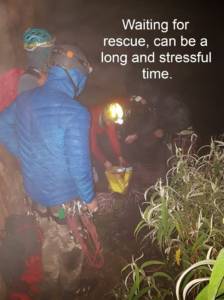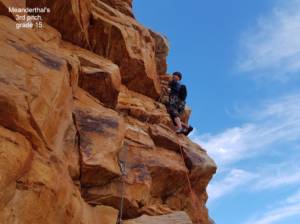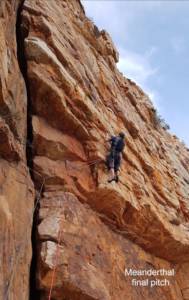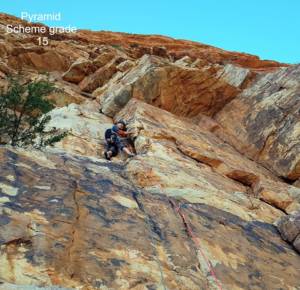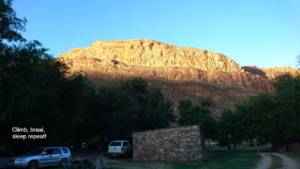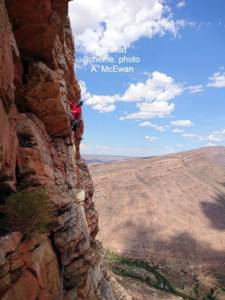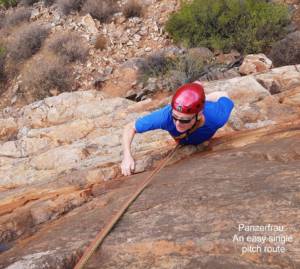Today’s post is really a continuation of what I wrote about in part one. I talk around what to do in the first few minutes of an accident or other medical emergency, and you are right there trying to deal with it.
To give some insight here, I have personally taken hundreds of rescue calls for help for all kinds of problems. One common and unhelpful call, however, that rescue teams get, is from people in a state of panic, asking for help when a companion is not breathing, having a heart attack or pouring blood from an artery. I say unhelpful, as they do not understand that in virtually every emergency there are two distinct situations described in A & B below.
A– If the person is pouring blood from a severed artery (as in litres of blood is just gushing out), or their heart has stopped or they are not breathing- DO NOT PHONE FOR MOUNTAIN RESCUE. What you need to do is try and save that person’s life in the next few minutes, using whatever First Aid skills you have. (These are all things that are covered in First Aid courses.) Mountain rescue is going to take far too long to get to you. By the time any professional help arrives the patient would have already died. Deal with saving the life yourself, there and then. Only when that has been achieved, calmly phone for help and then do whatever is necessary to help a team find you and the rescue to take place.
B– In most other emergencies, (there are exceptions) you have time to sit and work out a plan of how to treat the patient and whom you may ask for help. Common hiking and climbing injuries include broken/ twisted ankles, broken wrists, cracked knees, hypothermia, dislocations etc. These may mean huge pain and that the patient will need to be taken off the mountain, but do not mean that they are going to die any time soon and a calm, methodical approach is needed.
Tip: One of the most useful items to be carried in a hiking or climbing party is a small pocket sized First Aid book and if it is wilderness First Aid, even better. Most of us lay people cannot remember how to treat a 2nd degree burn or dislocated shoulder. But there is time! So sit down and read about it, then treat the patient.
Tomorrow we speak about how helicopters are used in rescue.
For more information on how to learn about rescue/ emergencies and hiking skills go to www.peakhigh.co.za

